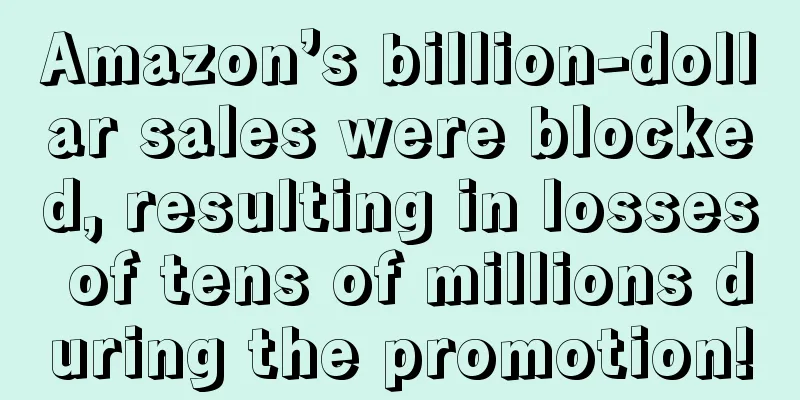I have read a lot of product selection theories and used a lot of product selection software, but I still can’t do product selection well. Many product selection theories will tell you to avoid red ocean products and choose high-profit, small-sized, and light-weight products, but when it comes to actual operation, you will start to be confused again. There are also many seller friends who like to use third-party product selection tools to find hot products. So can these product selection tools really find hot products? First, let’s understand the principles of these product selection tools . As for the mainstream third-party product selection software on the market, their principle is to use crawlers to crawl front-end sales data, then filter the data and sort it by category, and finally perform visual editing. So you can see the sales volume sorted by 7 days, 30 days, 60 days, and 90 days, and then you will find that the sales volume seems to be quite good. However, if new sellers upload all these products to their stores, they will basically not receive any orders and may not even have any traffic. Why? It all starts with the platform’s algorithm . Take Amazon for example. Amazon hopes that sellers can provide differentiated products and good services, but everyone uses product selection tools to select products, and the screened results are the same. Too many duplicate products will affect the buyer experience, and the platform will automatically block the subsequent sellers. Therefore, there is a saying in Amazon that “occupies a slot”. The sooner you put the product on the shelves and occupy the slot, the more traffic you will get. Of course, I do not deny the role of third-party product selection tools. Tools can only play an auxiliary role. They mainly provide a data basis to verify your product selection ideas. It is unrealistic to expect to select hot-selling products through product selection tools. The core of product selection should be a deep insight into consumer needs. Only products that meet consumer purchasing needs will not fail at one stroke. In other words, we need to have a deep understanding of consumers’ life scenarios, know what they are thinking, saying, and doing , instead of locking ourselves in a small dark room and making random guesses to come up with a product. So how do we understand the needs of consumers who are thousands of miles away from us? We can’t fly to the local area to observe and understand them (those with money can ignore what I said), but we can understand what they are thinking, saying, and doing through the places they often appear. Here are 10 channels recommended for you to find product selection inspiration from local American e-commerce masters : 1. Start with What You Have or Solve Your Own Problems 2. Local Community (Local Community/Community Needs) 3. Online Consumer Trend Publications 5. Consumer Product Review Blogs 6. Social Curation Sites (social sharing sites), such as Pinterest, Polyvore, Fancy Pinterest- Pinterest: With over 5 million online users per month, this site is one of the fastest growing social networks. Sellers can check out current trends in its popular section. Polyvore- Polyvore: is a fashion DIY sharing website where users can search and browse fashion and accessories, match and splice their favorite clothes, and then make fashionable pictures and share them. Fancy- Fancy: This website positions itself as a website that integrates a store, a magazine, and a wish list, full of infinite creativity. 7. Business-To-Business (B2B) Wholesale Marketplaces (B2B platforms), such as Alibaba, TradeKey, Global Source, Made-in-China 8. Online Consumer Marketplaces 9. Social Forum Communities. Currently, the largest information aggregation website is Reddit. If you are a veteran user of Reddit, you will find some interesting posts from time to time. What product, under $20, would you recommend everyone buy? What $100 product, by its mere possession, greatly enhances your high-class taste in life? Today, Reddit has become a source of inspiration and creativity for businesses and individuals. When it comes to Instagram, people’s first impression is definitely food and pets. In fact, Instagram can also inspire a lot of product inspiration because it is based on photo sharing. These channels require sellers to have strong information search capabilities, and to spend a certain amount of time and patience to slowly explore. When you see more and understand more, you may come up with product selection inspiration one day.
(Source: Cross-border Cloud Classroom)
|

![[II] Amazon’s “coercion” and “betrayal”](/upload/images/67e6f678edd04.webp)








